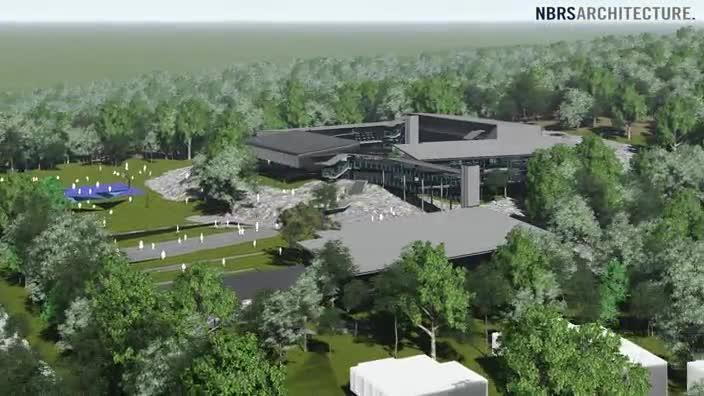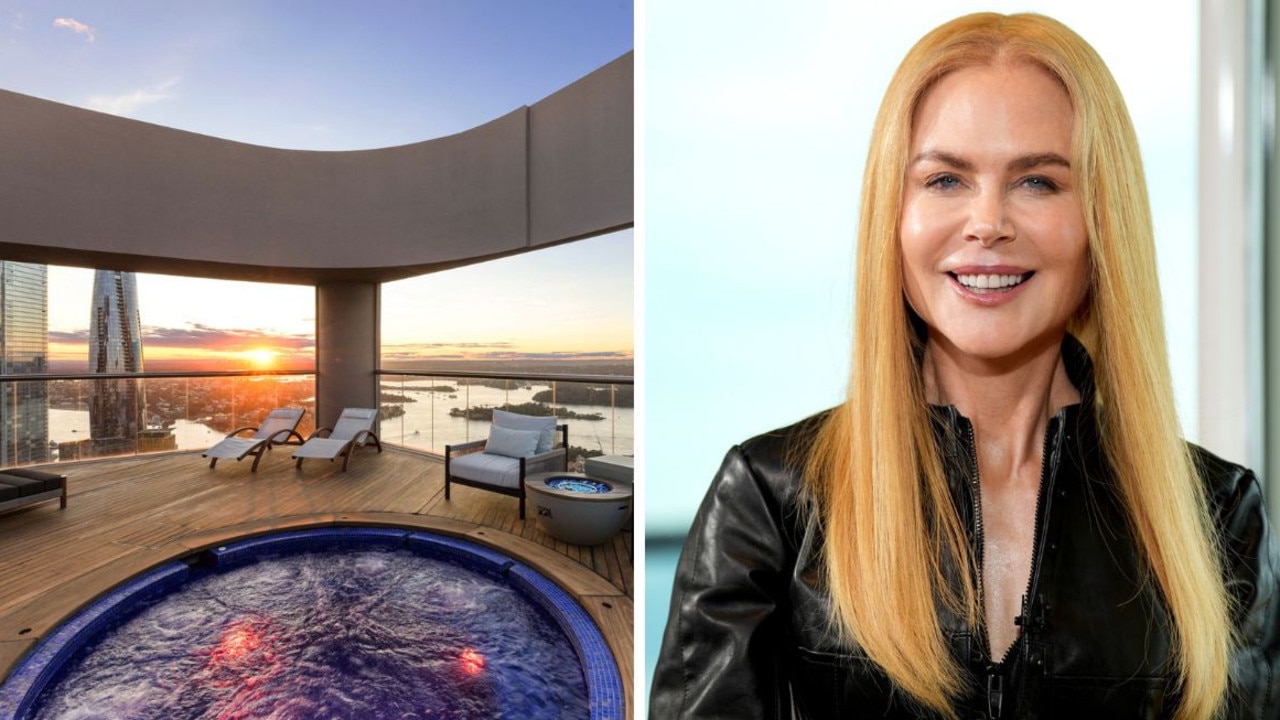Poorly designed classrooms hinder student learning
We’ve all experienced those terrible old classrooms - iceboxes in winter, saunas in summer. How can learning happen effectively in conditions like that?
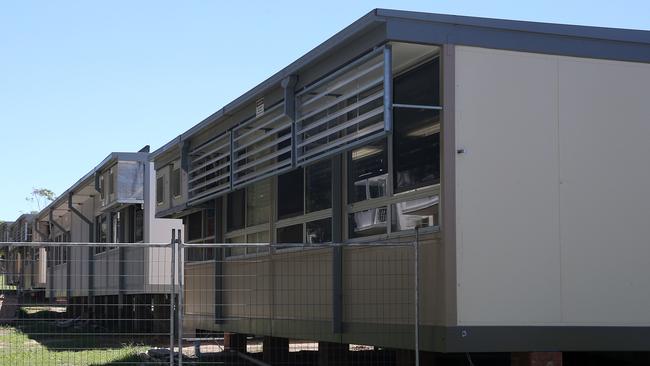
Central Sydney
Don't miss out on the headlines from Central Sydney. Followed categories will be added to My News.
- Why NSW schools are undemocratic
- Do school uniforms even matter?
- The dire impact of wagging school
- Which schools are better? Single sex or co-ed?
Large innovative corporations like Google, Telstra, Apple and even the Commonwealth Bank have recognised that good working environments can lead to happier, healthier and more productive employees.
If you do a search for these workplaces, you’ll see very modern flexible spaces that are very open and use lots of natural light. Like workplaces, school environments should be designed around the health and comfort of students and teachers.
We’ve all experienced those classrooms which have been iceboxes in winter and saunas in summer. How can learning happen effectively in conditions like that?
No doubt it is just as uncomfortable for teachers.
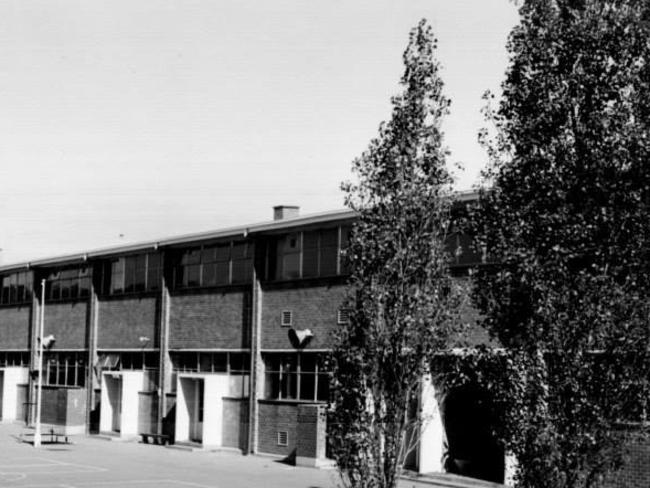
We know from research over the past 20 years that the classroom environment has an impact on student performance – and that impact can be positive or negative. Good lighting has been shown to significantly influence scores on reading and science tests.
Designers, architects, builders and education systems are placing greater importance on things like lighting, sound and temperature. In the past, it was a case of build the school and the students will come.
However, too often, what we ended up with was industrial-style classrooms that were anything but inviting or inspiring. Even though today we have better technology and furniture, too many students are still being educated in spaces that were built for another time and place.
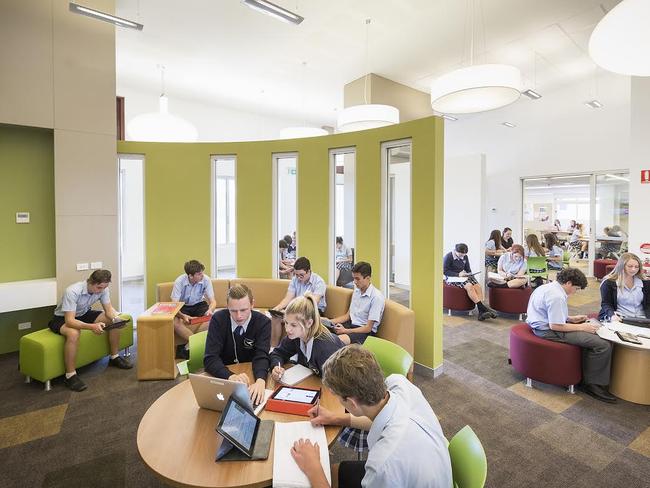
While we can’t do a lot to many school buildings, we can significantly improve classrooms by upgrading lighting, sound and ventilation. And when we improve the learning environment, we improve the learning!
While the debate on school innovation and improvement has focused on what happens within the classrooms, not enough attention has been given to what happens between the built environment and the learning.
If we want Australian students to be world-class learners, we need world-class learning spaces from preschool to post-school.
A MODERN SCHOOL DESIGN
